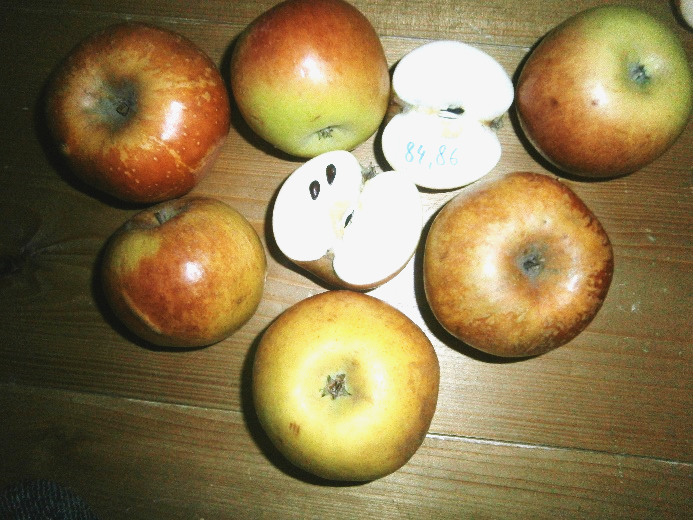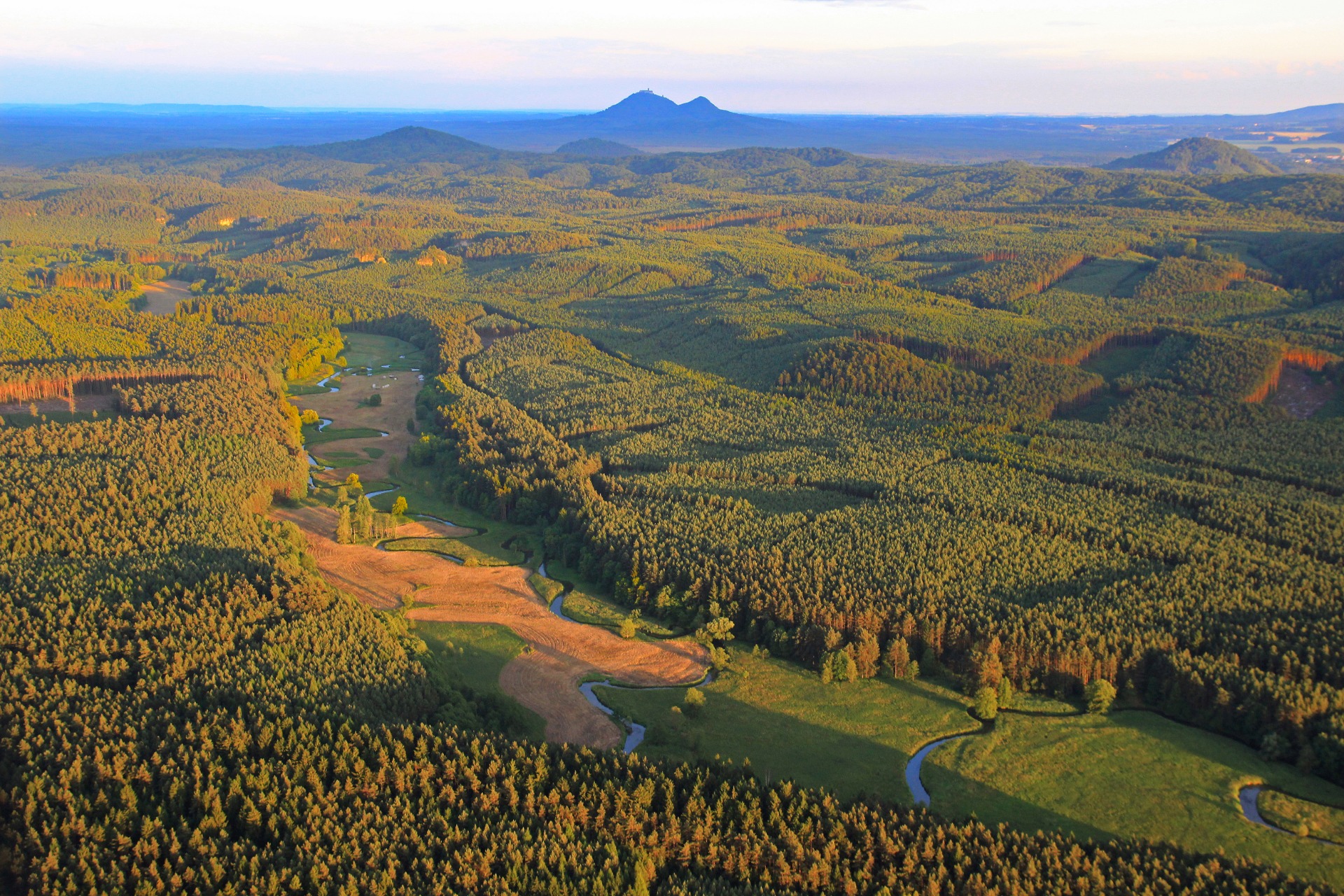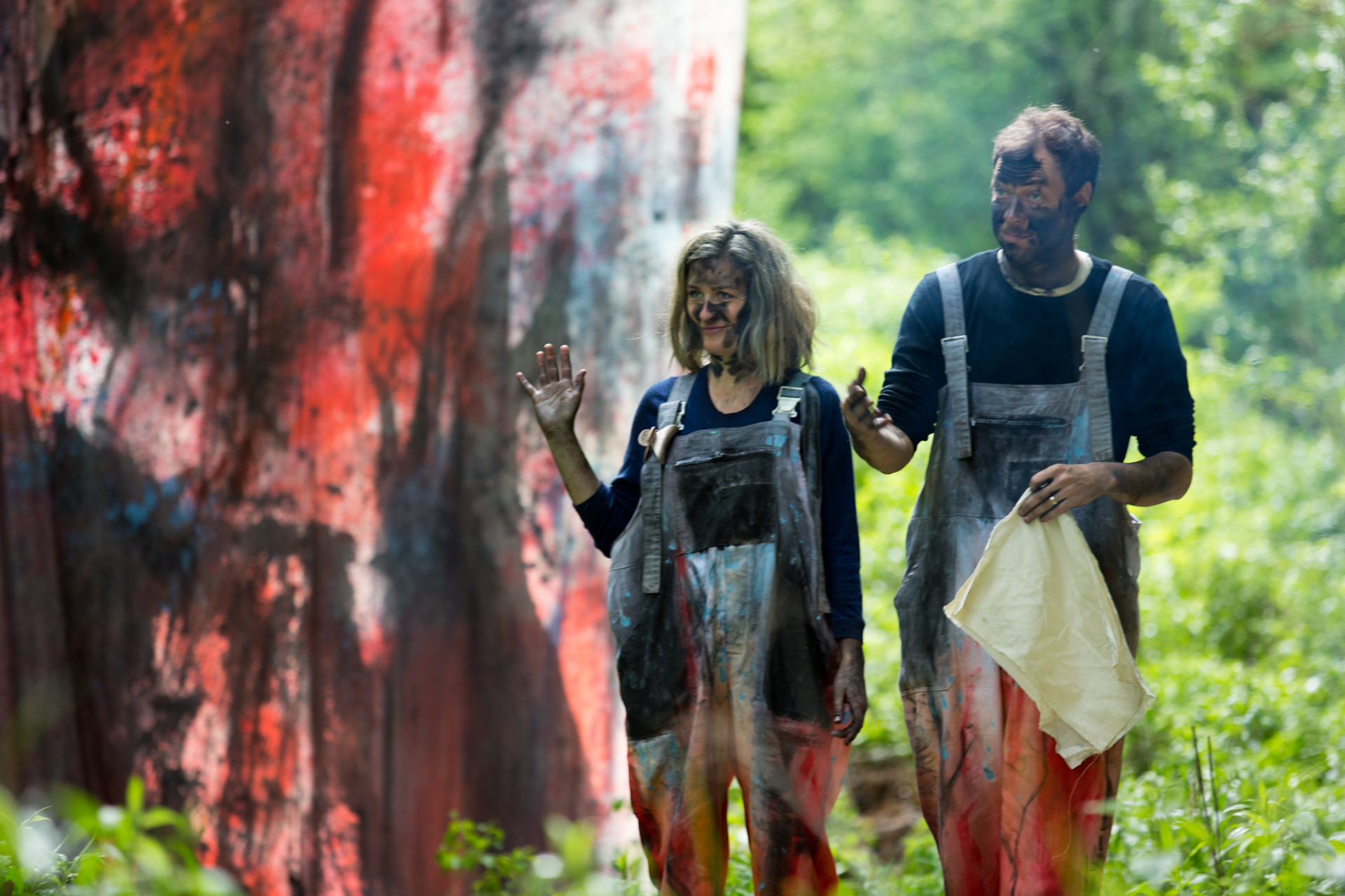About projects
Saving regional varieties or the Apples of Memories

Discover the magic of old apple tree varieties and save a piece of our cultural heritage.
Where did the apple trees in Ralsko come from?

The area in which the Ralsko geopark is situated was once a thriving landscape with many picturesque and self-sufficient villages scattered amongst the woods and fields. However, during the 20th century the historical character of the cultural landscape was greatly disrupted by the three armies that occupied it - the German army (1938-45), the Czechoslovak People's Army (1947-1968) and the Soviet army (1968-1991). As a result of this not only were most of the civilians (Czech and German) completely moved out of the area, but more than 20 villages also disappeared from the face of the earth. Former cottages, farms, homes, churches - these were all used by the troops for training purposes; all that was left was the bare landscape and new buildings built by the army. After the Soviet army had left, work started to clear the devastated parts of the landscape of munitions, chemicals and surplus buildings. Nature gradually started to take control of the area from the government and the last traces of the former villages disappeared. However, witnesses to those times gone by still remain in place - the old apple trees.
Fruit trees and apple trees especially used to be the pride and joy of every homesteader. Hay was dried, cattle grazed and even crops were grown under the spreading trees. Apple trees provided valuable shade in summer and a home to birds, butterflies, bees and other insects all year round. The old cottagers knew exactly which apples to eat straight away and which should be wrapped in leaves and placed in the cellar over the winter. Incidentally, people didn't use to let apples ripen and ate them soft, as they often had bad teeth. In the past apples also used to play a much greater role in the kitchen, and were used in a far greater variety of ways than they are today. Our ancestors used to dry apples, make juice from them or ferment them, as well as using them for cooking and baking. And each variety was best suited to something different.
GECON - Geological border cooperation network
- Grant: Interreg V-A Czech Republic-Poland Program, Priority Axis 4 - Support for Institutional CooperationRegistration number: CZ.11.4.120 / 0.0 / 0.0 / 16_026 / 0001087
- Date of realization: 1.3. 2018-28.2.2021
- Lead partner: Geopark Ralsko o.p.s.
- Project partners CZ: Technical University of Liberec (Faculty of Science, Humanities and Education, Department of Geography), Czech Geological Survey and LAG Chrudimsko
- Partners of the PL project: Państwowy Instytut Geologiczny - Państwowy Instytut Badawcz, Stowarzyszenie Geopark Przedgórze Sudeckie, Muzeum Regionalne w Lubaniu
Aktivity:
- Presentation and visualization of GECON network
- Creation of methodical materials
- Implementation of summer schools
- Exchange of experience at workshops
- Realization of study trips
GECON - Geological border cooperation network
- Date of realization: 1.10.2017-20.9.2020
- Program: Cooperation Program between the Czech Republic and the Free State of Saxony 2014-2020
- Registration number: 100320668
- Lead partner: Geopark Ralsko o.p.s.
- Partner 1: Senckenberg Gesellschaft für Naturforschung - Senckenberg Museum in Görlitz
- Partner 2: Technical University of Liberec - Faculty of Science, Humanities and Education (Department of Geography)
International site-specific-art and Land-art
- Date of realization: 01. February 2019 30. September 2019
- Project partners: MAGMA UNESCO Global Geopark (Norway), the Turf Network (Iceland)
- Program: Norway-EEA Bilateral Fund 2014-2021
Since 2016, Geopark Ralsko regularly organizes international land art meetings in the landscape of extinct villages, in which artists from many countries together create works that span the history of the violent transformation of the landscape under Ralsko. The mission of the activities is to strengthen the cultural identity of local people with the landscape in the border area, which, like similar places in the Sudetenland, underwent a fundamental transformation in the 20th century. Our long-term goal is to create in the landscape of extinct villages Ralsko open-air gallery, which could revive the history of extinct villages, provoke reflection, encourage visitors and locals to create their own activities.







